Glenn Villeneuve rose to prominence when he joined the Emmy Award-winning reality television show, “Life Before Zero,” which chronicled his survival adventures as a nomadic hunter. His daily challenges and constant battles with the cold temperature in one of the most remote parts of Alaska made him one of the fan favorites. His absence in the 12th season and the subsequent seasons surprised many viewers, as there was no official explanation from the producers – he broke his silence when he made a guest appearance in a popular podcast. Since then, his fans continue to wonder what happened to Glenn after his untimely dismissal from the show.
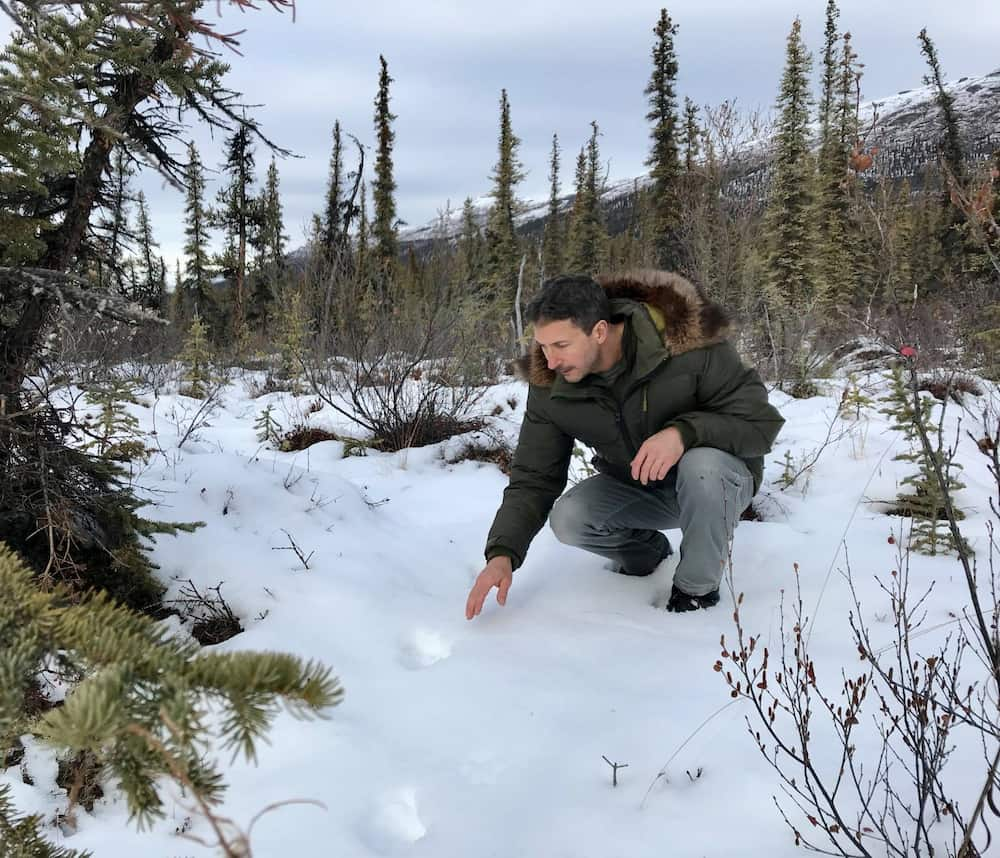
All about “Life Before Zero”
‘There’s nothing to prepare you for this way of life. It’s either you are into it or not.’ With this kind of opening line in a TV series, viewers were highly intrigued at the kind of content that National Geographic Channel came up with in 2013, when they launched “Life Before Zero.” However, the second line, ‘I don’t want them to eat me, but they want to eat me,’ just ensured that it would generate a cult following. It had been entertaining viewers for the past 10 years with 20 seasons and close to 150 episodes.
The premise of the TV show
One could only imagine the kind of life that people endured in one of the coldest and most isolated parts of Alaska, where dangerous predators such as wolves, bears and wolves lurked around in the neighborhood, and with no one to provide immediate assistance when accidents happen. A production crew from the National Geographic Channel followed selected individuals as they lived a dangerous but rewarding lifestyle – traversing the difficult terrain in the no-mans-land of Alaska, and dealing with death-and-life situations each time they went out to hunt for food through a long and nasty winter, the thawing in spring, or the bug-infested summer months.
Spin-off series
When National Geographic Channel discovered that they’d found a goldmine in “Life Before Zero”, and that it also attracted the interest of international viewers, they started to produce spin-off series such as “Life Before Zero: The Northern Territories”, and “Life Before Zero: Next Generation,” which both premiered in 2020, and “Life Before Zero: First Alaskans” in 2022.
Meet the cast of the original series
“Life Below Zero” featured the lives of six individuals initially, but later on added more into the mix. Some of them lived with a partner or in a family, and some preferred subsisting off the rugged Alaskan terrains in solitude. They were mostly separated by many miles but all of them faced the same challenges living – some would say surviving – with their cruel opponent, the environment. Here are a few of the most interesting cast members from the show:
Sue Aikens was considered the face of the show, and was about 50 years old when it started. At that time, she was the warden of the Kavik River Camp, which was home to hunting groups visiting the area for almost a decade. She was known to have survived a grizzly bear attack that left her for dead sometime in 2010. Her address was the GP co-ordinate of 69.4 North and 146.5 West, about 350 miles from her nearest neighbor.
https://www.facebook.com/glenn.villeneuve/posts/pfbid036EpftbfVbGV2fu7uWcbEiEoL3AEQMuGYgDgDq2q2f2e3UJnDY8Kcoxs9CjcqEuqxl
Andy Bassich with his wife Kate lived by the Yukon River in Eagle, Alaska, which was around 120 miles south of the Arctic Circle. The only route in or out of their home was by using a boat or a snowmobile. They run a dog mushing and survival school. He was popularly nicknamed in the area as MacGyver, and he constantly assessed the quality of his life by the amount of freedom he enjoyed in his remote address.
Chip Hailstone lived with his wife Agnes, a native Inupiag, in Noorvik, Alaska, which was about 20 miles north of the Arctic Circle. They had seven kids, and their home was situated near the Kobuk River. His motto in life was ‘to live for the day but plan for tomorrow.’
Erik Salitan and Glenn Villeneuve were the resident lone wolves in the show. They both lived somewhere in the Brooks Range, but separated by miles. The former worked as a registered guide and outfitter in Wiseman, Alaska, about 70 miles north of the Arctic Circle, and the latter lived in Chandalar, Alaska, about 60 miles north of the Arctic Circle.
Tuesday, 9/24th, 9pm ET/ 8pm CT, on National Geographic Channel. The final episode of Life Below Zero in which I’ll appear. I really liked this particular story and I hope you enjoy it too. pic.twitter.com/jWQpxja8F6
— Glenn Villeneuve (@GlennVilleneuve) September 24, 2019
Get to know Glenn Villeneuve
Glenn Villeneuve isn’t a native of Alaska, born in the small town of Jericho in Chittenden County, which was part of the populous city of Burlington, Vermont, on 18 March 1969. He spent much of his free time in the wilderness, as he loved outdoor activities such as camping, fishing and hunting. He was a licensed pilot and owned a plane before he entered the world of reality TV. Glenn wasn’t very forthcoming about his growing-up years and his parents, but mentioned that he had a brother named Neil.
Family, children, and his inspiration for living off the grid
When he started appearing in “Life Below Zero,” Glenn was already separated and had two children with quirky names such as Willow Leaves and Wolf Song with his first wife, Sylvia Daeumichen, an opera singer from Berlin, Germany. When they were married in 2001, Sylvia had little knowledge or experience of living in the wilderness, but shared his love of exploring nature. He wanted to live a life off the grid, as he was inspired by a story he read about Heimo Korth, a popular American outdoorsman who was one of the few permanent residents back then in the Arctic National Wildlife Refuge. Glenn was enamored by the idea of building his family in the same environment, however, for practical reasons, they compromised by moving to Alaska but built a house in a metropolitan area in Fairbanks, while maintaining a cabin in the remote area in the Brooks Range. For some unknown reasons, the marriage didn’t last, and they divorced after spending a decade together.
A second chance at love
While he mostly lived in seclusion in his cabin for most of the year, he still found a way to date via social media apps. He might not rely on electric tools for everyday living, but he was given another chance at love through Facebook, as it was how he met his current partner, Trisha Kazan, who also had a daughter named Amelia from a previous marriage. Initially, they maintained a long-distance relationship, but it didn’t take long for mother and daughter to move to Alaska and be with him. They later on had a daughter, born in 2017. When his first two kids were big enough to live with him, they would come up and stay with him in the cabin. His family would then spend half a year in the cabin, and half of the year in Fairbanks.
Glenn Villeneuve’s journey in “Life Below Zero”
Most people who experienced living off the grid would admit that it was an existence that made even the simplest task a fight for survival, and Glenn was one of them.
How did he end up in the reality TV show?
Glenn was already living the nomadic lifestyle inside a tent in the woods of Vermont back in 1997, and had such a great time that he wanted to live like that in Alaska too. He was a licensed pilot, and thought of starting an air taxi service but it didn’t push through when he realized that bush flying didn’t jibe with living off the land in the wilderness. He then sold his plane, set up a more permanent camp in the Brooks Range by building a plywood cabin mixed with the tent canvas, and lived there from then on. Even before an offer to appear on TV came from the National Geographic Channel, he was already trying to have his life-off-the-grid experience documented. A friend forwarded the email address of a TV producer, and Glenn sent an email with his contact details, but soon forgot about it. He could only be contacted through a satellite phone, and one day, as he turned it on, there was a message about a reality TV show. The producers checked if his story was legit, and then started filming.
His first appearance in the show
The second season of “Life Below Zero” was also aired in 2013 right after the first, and it was in this season that Glenn was introduced to the viewers. He left the lower 48, and moved to Chandalar, Alaska, where he lived a primitive existence in the high mountains of the Brooks Range, about 200 miles from the nearest town, and a little more than a 60-mile walk to the nearest road. Glenn lived by himself, hunting, trapping and fishing. Each day, he adapted to the colder region without the benefit of modern technology and by almost relying entirely on using manual tools. He was powered by his own two feet covering miles of valleys and the mountains in search of every bit of food that he needed. ‘Nine years I walked out here because it was the last place in the world where I thought I could live like this.’ He’d stayed in many cities in the past, including Burlington, Berlin and New York City, but after living in Alaska, he believed that if he went back to those cities again, he would feel suffocated, like living inside a hamster cage.
Hunting for caribou during spring
Everyone referred to the spring season as transition time, in which the snow and ice started to thaw and a lot of things would change. The Caribou would leave and migrate from the 6,000-foot peaks to the cubby grounds in the foothills somewhere in the north, making them quite out of Glenn’s reach. Up on top of the mountain ridges was where hunters would normally find a large group of caribou traveling, and he would head up there to kill a few. The danger to it was each time he decided to hunt for food, it would mean he would leave his camp unprotected. There was always a huge risk of a bear coming and ripping up his cabin when he was gone. So before leaving, he secured everything around his camp. He packed as lightly as possible, making sure to bring a hatchet, a hunting knife, and a rifle. However, finding the prey wasn’t always easy, it could take him up to 10 trips to the mountain before he found caribou.
Physically exhausting but fulfilling
Spending four and a half months without seeing another human being wasn’t rare for him anymore, but it mostly happened after he divorced from his first wife; he admitted that living in seclusion was not for the physically-challenged individuals. Most of his time was spent getting food, preserving it, replenishing the stack of firewood, and ensuring there was enough water. He didn’t have modern plumbing, depending on the lake for his water supply; it would take a significant amount of energy to dig under the snow and break the ice using hand tools to create some sort of a “well”, instead of just opening a faucet as most people did. It was through reading survival books and talking to experts or locals that he initially learned how to adapt to that kind of environment. He survived through trial and error, as he constantly experimented with what would be the best possible way of doing things out there.
The difficulties of hunting for food and getting water during summer
Glenn primarily sustained himself on animal protein and fat. He shared that summertime was the hardest season to live out there, as one couldn’t hunt for food easily as there were no caribou around, no trapping, and no big game hunting. Even processing and preserving food during that time was harder, compared to the other seasons. Fishing was more labor intensive, and the volume of meat that he could keep from one fishing day was small – half a dozen fish only lasted for two days; one caribou would last for a month.
Getting clean water during the winter season was much easier, as the Yukon River flowed with clear water under the ice. He would just drill holes through the snow, scoop out clear water and haul it up to the house in buckets. During summer, a high volume of silt would flow down from the mountain range into the river, which made the water unpotable. Another problem was mosquitoes, and while part of nature, it didn’t make living out there much fun.
While most of his time and energy was spent looking for food, he didn’t depend on a paycheck every month to survive. Everything he needed he could get from local resources, and that made him quite happy.
Glenn Villeneuve’s absence from the show
During the airing of the 12th season of “Life Below Zero,” fans wondered why Glenn was conspicuously absent after appearing in the season opener. There was no explanation of any sort, considering that he was a fan favorite. Many wondered if he was hurt, ill, or had passed away. Glenn knew that viewers were curious about his whereabouts, and so posted a short explanation about it. After filming the moose hunt episode, no one called him to continue filming new episodes – the production crew never sent any message, a ‘goodbye’ or even a ‘thank you for participating in 85 episodes.’ So, he couldn’t give a reason, because the producers never gave him one; he was just abruptly cut from the show. It was only after a few months had passed that he called them again, to be told that the filming schedule was filled up already, and they weren’t filming him.
During an episode of the Joe Rogan podcast in December 2019, Glenn shared more about his departure from the show, and believed that it boiled down to ‘differences in creative vision’ with the producers. In the early seasons, his vision for his content fit the TV show’s concept like a glove, but he was the kind of guy who always wanted to push for something new. He was no longer satisfied with just filming the usual scenes of hunting for food when he was starving, or chopping firewood for winter. He wanted to do more, but the producers didn’t like his ideas. He wasn’t bitter about it, saying that he was grateful for the opportunity, because he learned so much from his experience with “Life Before Zero.”
https://www.instagram.com/p/Clo_NiUydJn/
Where is Glenn now?
Unlike in the past, Glenn now fully embraces social media, and has been active in updating his fans, posting about his family on Instagram and Facebook. When he made a guest appearance in the Fadam & Friends Podcast in 2021, he said that he was living a different lifestyle from the one he had when he was still in “Life Below Zero.” Glenn and Trisha are still together, living mostly in Fairbanks with their kids. He built five cabins inside a compound in an eight-acre lot that he owned, having bought neighboring properties around their original property. His youngest child just started schooling, and his only son was active as a dog musher. Based on the photos he shared with the public, it seemed he was having a great time with his family.

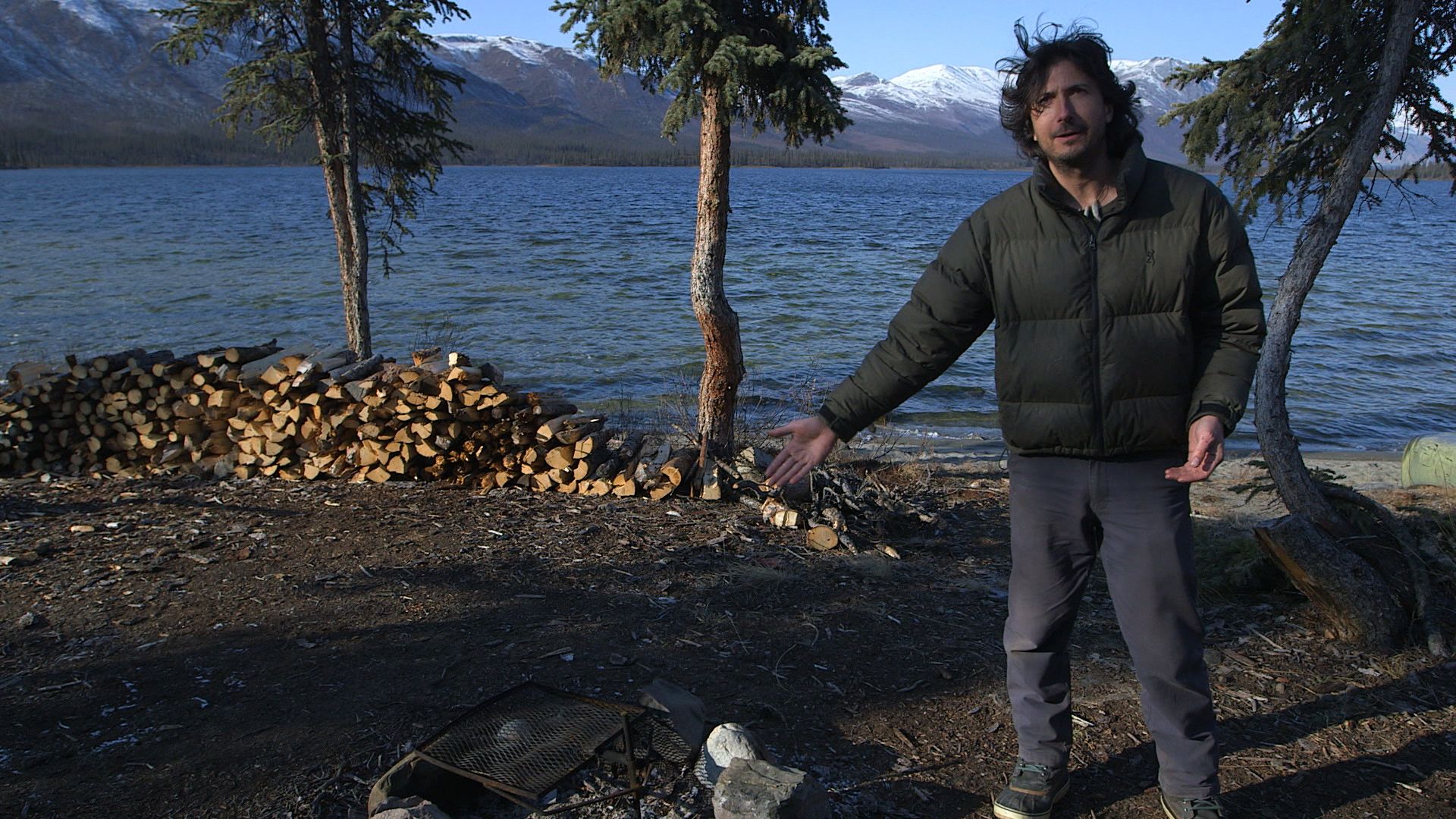
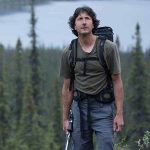

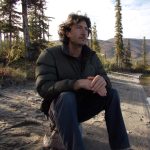


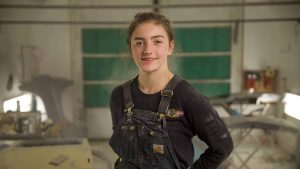

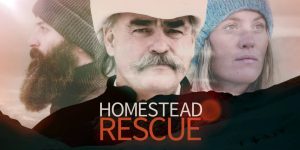

Leave a Comment